This content originally appeared on Level Up Coding - Medium and was authored by Sumonta Saha Mridul
The Secret World of Google Foobar: My Experience and Insights
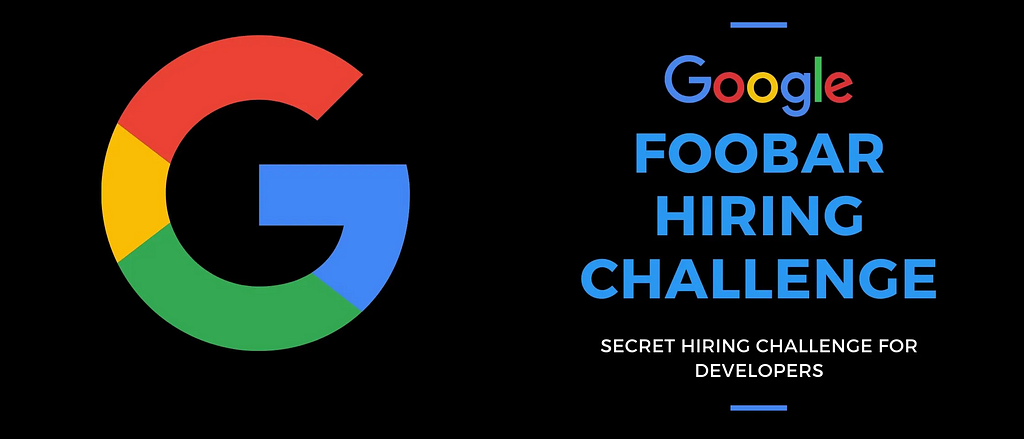
What exactly is Google Foobar Challenge?
Google Foobar is a mysterious coding challenge designed to test your problem-solving and programming skills. It’s an exclusive challenge, available only to those who receive a special invitation from Google. The invitation often appears unexpectedly while you’re searching for specific technical topics on Google.
“Curious developers are known to seek interesting problems. Solve one from Google?”
How did I Get Invited?
I had the opportunity to participate in this challenge while browsing for information on the Observer design pattern for an upcoming exam. Suddenly, a curious and unexpected website called Google Foobar appeared on my screen. An unusual pop-up window displayed the message:
“Your coding journey begins now. Are you ready to accept the challenge?”
It was Google Foobar Challenge! 😲😲

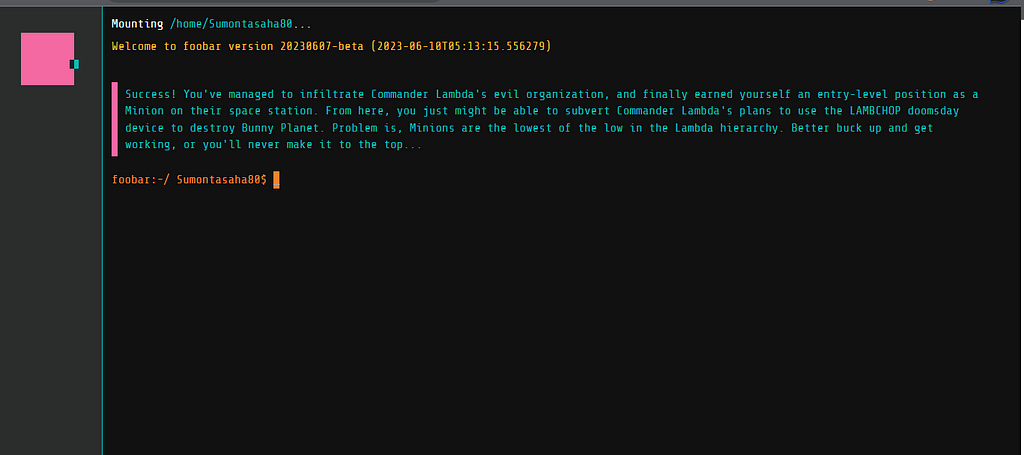
What’s the Structure of the Challenge?
Google Foobar consists of five levels, with a total of nine questions. The difficulty increases at each level. Here’s a breakdown:
- Level 1: 1 problem
- Level 2: 2 problems
- Level 3: 3 problems
- Level 4: 2 problems
- Level 5: 1 problem (Final Round)
The problems were like regular CP problems. Most of them were solvable by using dynamic programming. However, at that time, I was a beginner at CP and completely inexperienced at dynamic programming, and hence solving every problem was a matter of extreme pride and happiness for me.
Prerequisites:
- Competitive Programming (CP): The challenge includes CP-related questions, so strong CP skills are essential.
- Linux Command Knowledge: You need to operate the whole competition in an Ubuntu environment. So, you need to be comfortable with Linux commands. Since I wasn’t familiar with Linux, I had to learn the necessary commands at that moment.
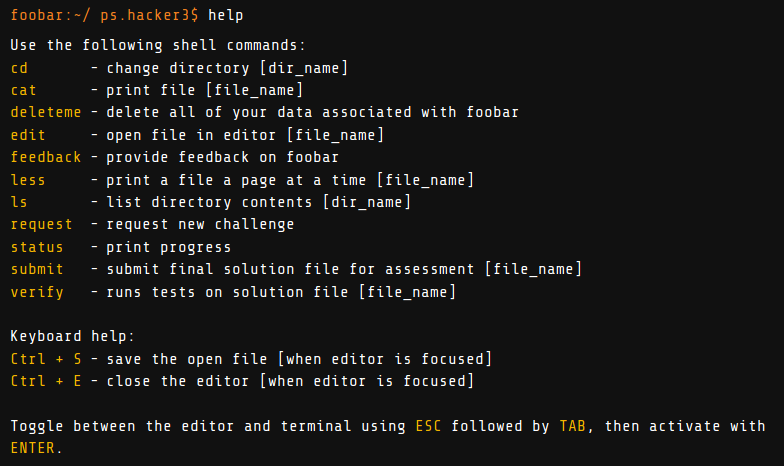
How Do I Submit Solutions? /How Does the Submission Process Work?
- Unlimited Test Runs: You can run your code against the provided test cases as many times as needed. This allows you to debug and refine your solution without any restrictions.
- Single Submission: Once you’re confident your solution is correct, you can submit it for evaluation. Remember, you only get one chance to submit each solution, so make sure it’s thoroughly tested and handles all edge cases.
- Timing & Deadline:
- Countdown Start: The countdown timer for each problem only starts when you click “Start”. This means you can take your time to prepare before you begin working on a problem. For each problem you will get 7 days to solve that problem.
- Problem Solved: After you solve a problem and submit it, the timer stops.
- Next Problem: The timer for the next problem does not start until you choose to start it by clicking “Start” again. This gives you the flexibility to take breaks between problems and start the next one at your convenience.
For details: Check Out My GitHub (Google Foobar Competition)
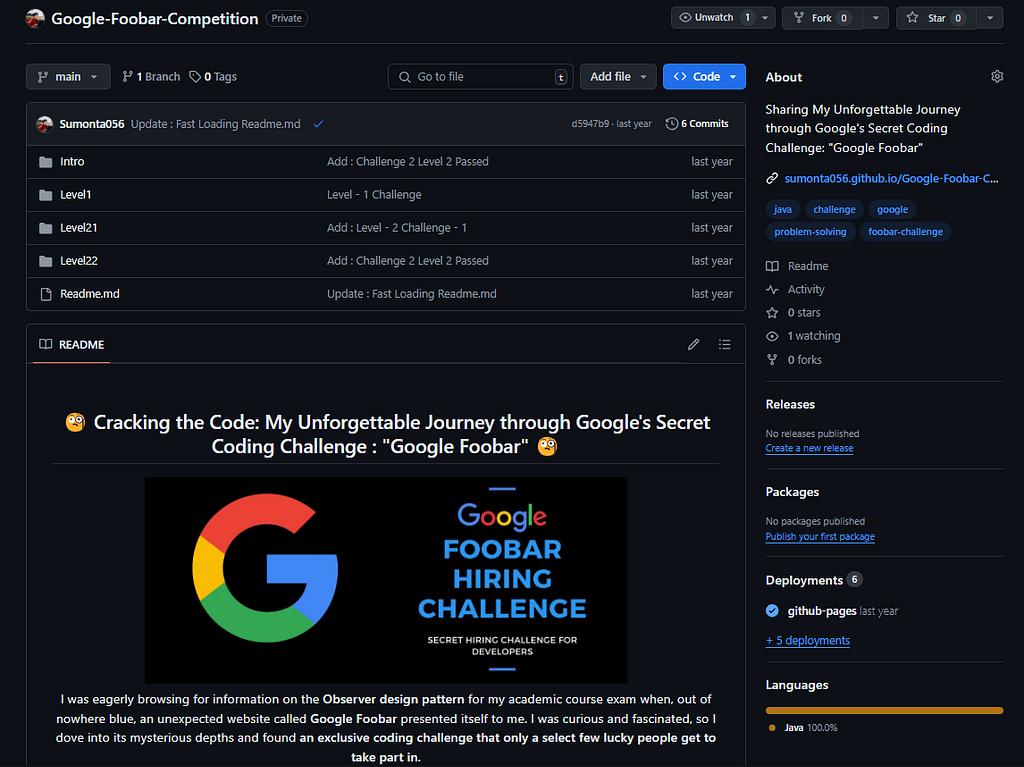
What Was My Experience Like?
❓Level 1: Skipping Work
The first problem was a simple introduction to the challenge, boosting my confidence. It was an easy problem but presented in an interesting way:
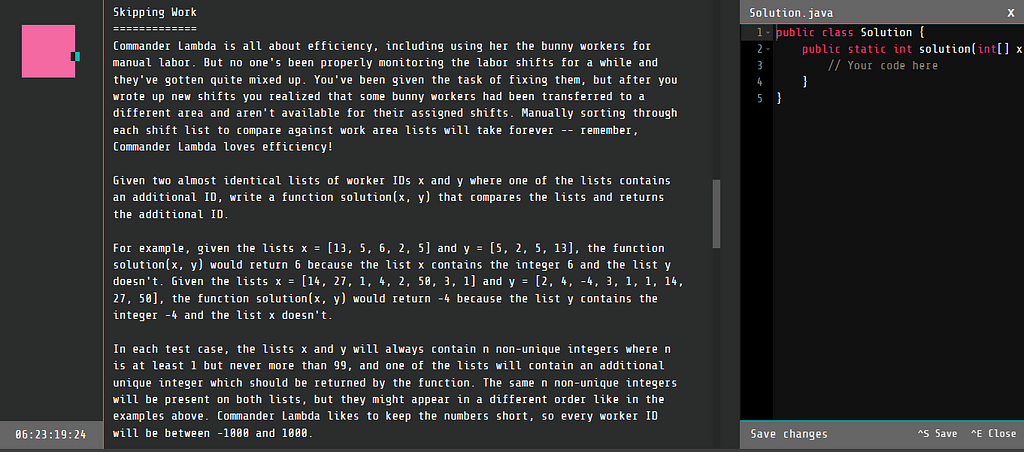
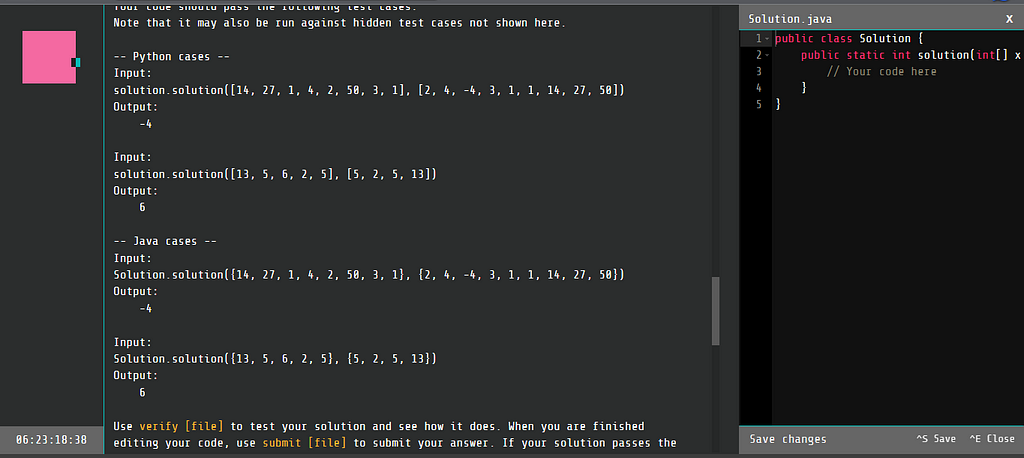
Problem Statement:
Given two lists of worker IDs, x and y, where one list contains an additional unique ID, you have to find and return the extra ID.
For example, given the lists = [13, 5, 6, 2, 5] and y = [5, 2, 5, 13],
the function solution (x, y) would return 6 because the list x contains the integer 6 and the list y doesn’t.
Given the lists x = [14, 27, 1, 4, 2, 50, 3, 1] and y = [2, 4, -4, 3, 1, 1, 14, 27, 50],
the function solution(x, y) would return -4 because the list y contains the integer -4 and the list x doesn’t.
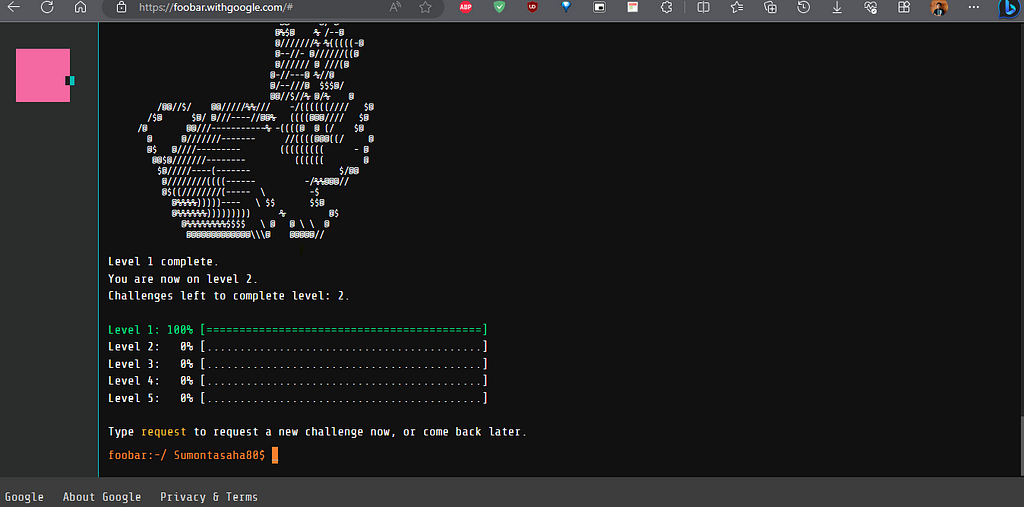
❓Level 2: Ion-Flux-Relabeling
Level 2 had two problems. Solving them felt like a significant achievement and boosted my confidence further.
The task is to find the parent nodes of given nodes in a perfect binary tree labeled using post-order traversal. Given the tree’s height h and a list of node labels q, return the parent labels for each node in q.
❓Level 3: Numbers Station Coded Messages
Level 3 was more complex, involving problems related to matrices. This level tested my coding skills more rigorously.
The problem involves finding the first contiguous sublist of positive integers within a list that sums to a given target. Return the start and end indices of this sublist, or [-1, -1] if no such sublist exists.
Unfortunately, at that time, I couldn’t progress further because I got busy with my academic activities. The duration of the competition ended, but damn, it was a great experience. I passed the first three levels.
What If You Can’t Solve a Problem?
- Take Your Time: Ensure you have enough time to understand and solve the problem.
- Learn the Theory: If you’re unfamiliar with the problem’s concepts, take the time to learn before attempting.
- Take Breaks: Step away for a bit to clear your mind.
- Think Creatively: Try different approaches and think outside the box.
- Use Resources: Online communities and resources can be helpful.
- Respect the Rules: Avoid sharing specific Foobar problems publicly, as it violates the challenge’s terms.
What Happens After Completing the Challenge?
- If you successfully complete all five levels, you might be contacted by a Google recruiter for an interview. The challenge can lead to job opportunities at Google, but this is not always guaranteed.
- Don’t be discouraged if you aren’t recruited; the experience and skills gained are valuable in their own right.
How to Get the Foobar Challenge?
There’s no guaranteed way to get an invitation to the Google Foobar challenge. The invitation often appears based on your search history and engagement with technical topics. Here are the best approaches to increase your chances:
- Stay Curious: Continuously learn and stay engaged with programming and algorithm-related content. Regularly search for and read about various technical topics.
- Engage in Coding Communities: Participate in online coding communities, forums, and competitions. Engaging with like-minded individuals can increase your visibility to Google’s algorithms.
- Receive an Invitation from a Friend: If you know someone who has completed two rounds of the Google Foobar challenge, they can send you an invitation. Networking with friends who are also interested in coding challenges can help you gain access.
Remember, the key is to stay active and curious in the programming world. If you haven’t received an invite yet, don’t worry — there are many other ways to pursue a career at Google and to improve your coding skills.
Conclusion
Participating in Google Foobar was an exciting and enriching experience. It tested my skills, boosted my confidence, and offered a unique coding challenge. If you ever get the invitation, embrace it as an opportunity to learn and grow. And remember, Foobar is more about the journey of learning and problem-solving than just getting hired by Google. Good luck and happy coding!
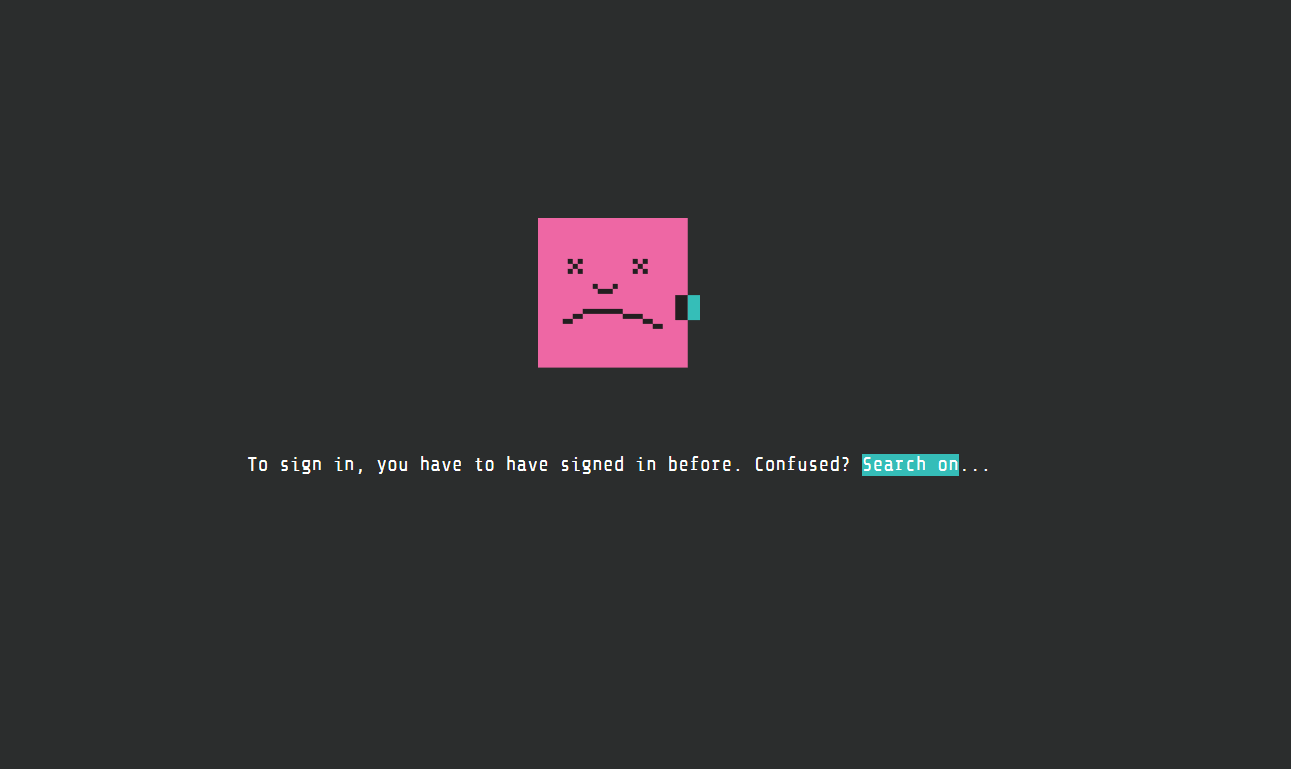
I Got Invited to Google Foobar (Google’s Secret Hiring Program) was originally published in Level Up Coding on Medium, where people are continuing the conversation by highlighting and responding to this story.
This content originally appeared on Level Up Coding - Medium and was authored by Sumonta Saha Mridul
Sumonta Saha Mridul | Sciencx (2024-09-04T09:52:39+00:00) I Got Invited to Google Foobar (Google’s Secret Hiring Program). Retrieved from https://www.scien.cx/2024/09/04/i-got-invited-to-google-foobar-googles-secret-hiring-program/
Please log in to upload a file.
There are no updates yet.
Click the Upload button above to add an update.
